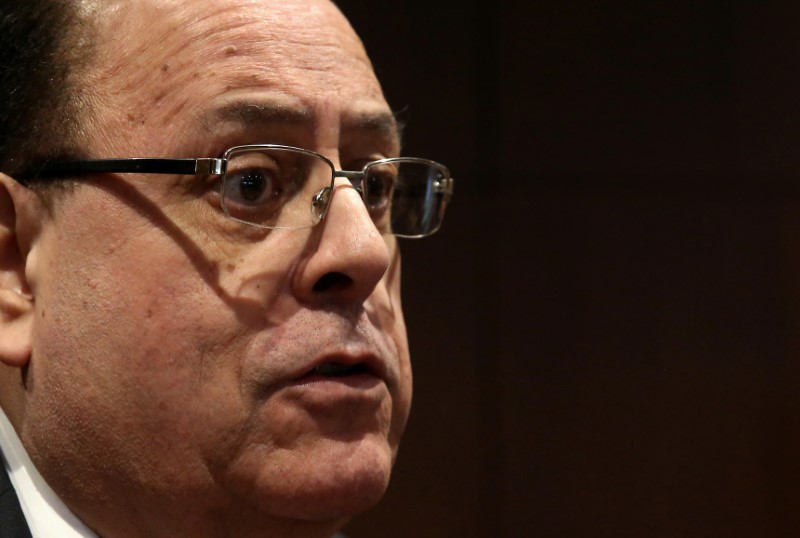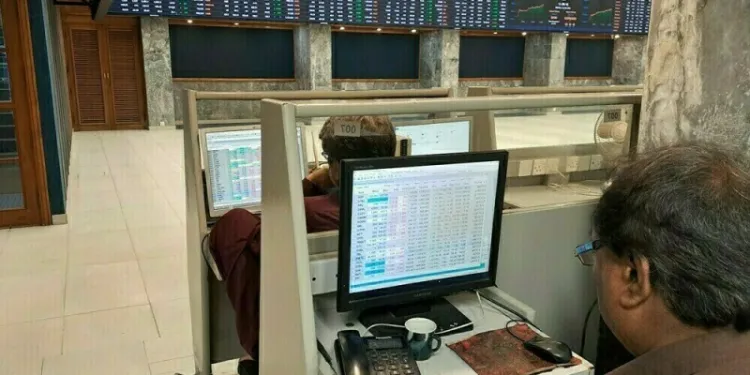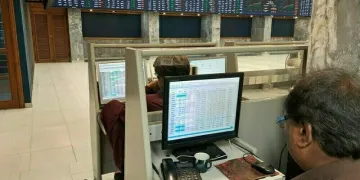 © Reuters. FILE PHOTO: President of the Central Bank of Peru Velarde talks to the media during a news conference in Lima
© Reuters. FILE PHOTO: President of the Central Bank of Peru Velarde talks to the media during a news conference in LimaBy Marc Jones
LONDON (Reuters) – Peru’s economy is improving faster than expected, the head of its central bank said, but bets on another interest rate cut before year-end are likely to have increased following the latest drop in inflation.
Peru’s consumer price index (CPI)
It is largely a reversal, however, of a spike triggered by heavy floods earlier in the year which sent food prices spiraling and caused the fastest rise in inflation in two decades.
“Around 40 percent (of financial market analysts and investors) were expecting a rate cut (by year end) before this number,” central bank president Julio Velarde told Reuters on Wednesday.
“But now with this negative number of -0.47 driving inflation to 2 percent, maybe that percentage might increase.”
Peru’s central bank has two more rate meetings scheduled this year, this first of which is next week. Inflation is expected to average out at around 2 percent both this and next year, but could fall as low as 1 percent around April due to the comparison effects of the floods.
“I don’t know what is going to happen next week… We are completely data dependent,” Velarde said.
“With the previous reductions, we almost said to the market that we were probably going to reduce the interest rate next month. It has not been the case in the last communique.”
While inflation may be low due to the base effects of the flooding, growth is recovering nicely especially with prices
Velarde said domestic demand has been growing at more than 8 percent, construction at almost 9 percent in September and mining investment is up over 25 percent over the last couple of months.
“You are seeing a very V-shaped recovery.”
The central bank expects growth of 3.7 percent for the last quarter of this year. For the year as a whole it will be at least 2.8 percent and next year it should climb comfortably above 4 percent.
“4.2 percent (for 2018) is perfectly attainable,” he said, adding that some investment banks now had around 4.4 percent penciled in.
The central bank lowered the interest rate by 25 basis points in May, July and September as economic growth faltered amid severe flooding and a graft scandal that stalled public work projects. It now stands at 3.5 percent.
Fusion Media or anyone involved with Fusion Media will not accept any liability for loss or damage as a result of reliance on the information including data, quotes, charts and buy/sell signals contained within this website. Please be fully informed regarding the risks and costs associated with trading the financial markets, it is one of the riskiest investment forms possible.
Source: Investing.com



























